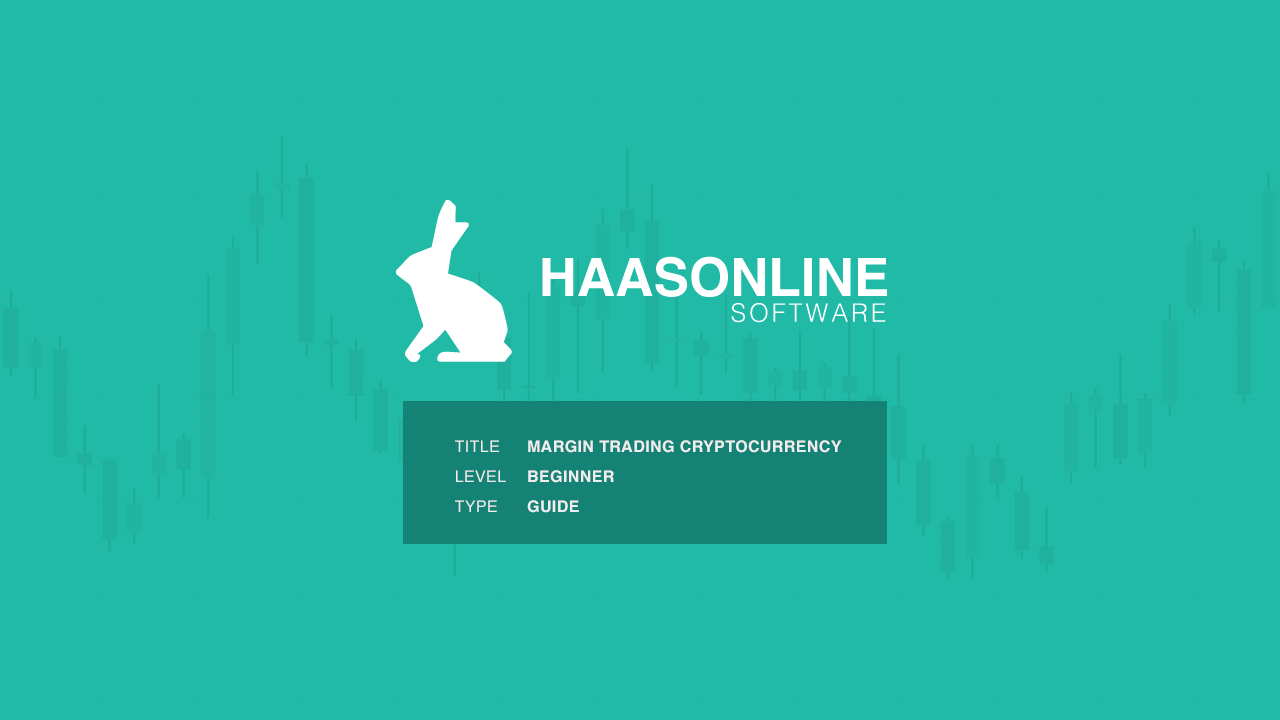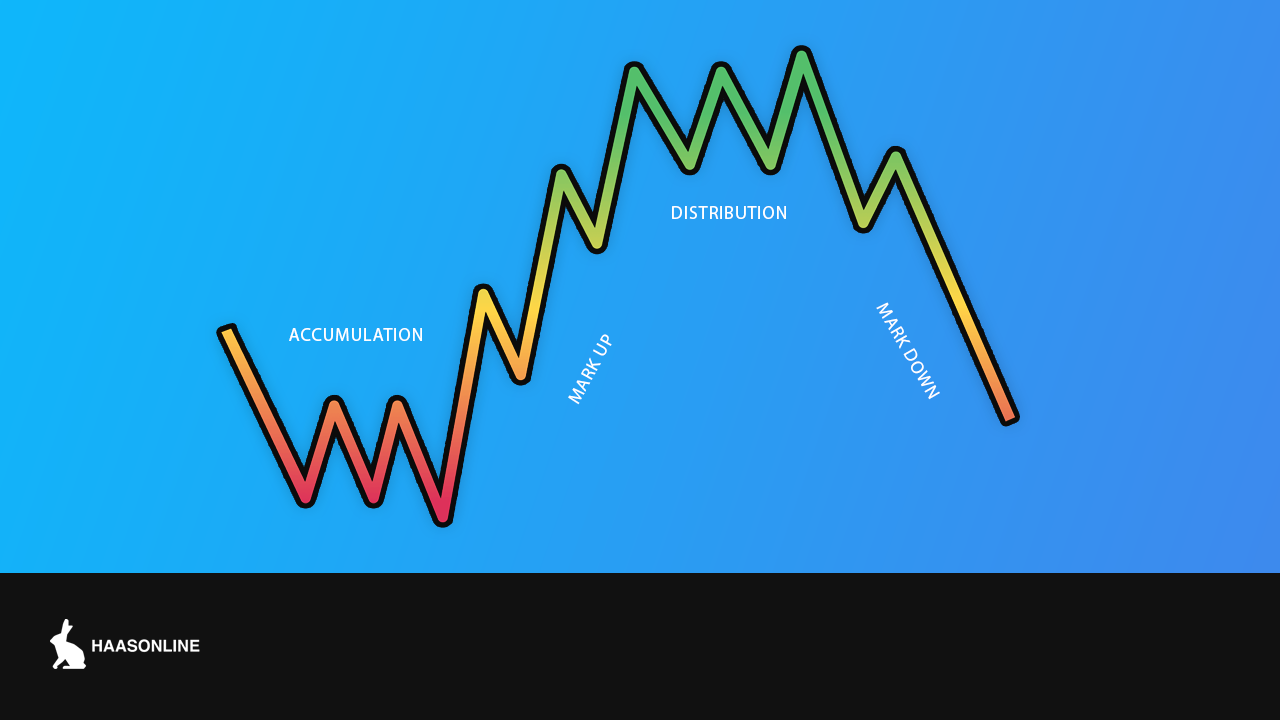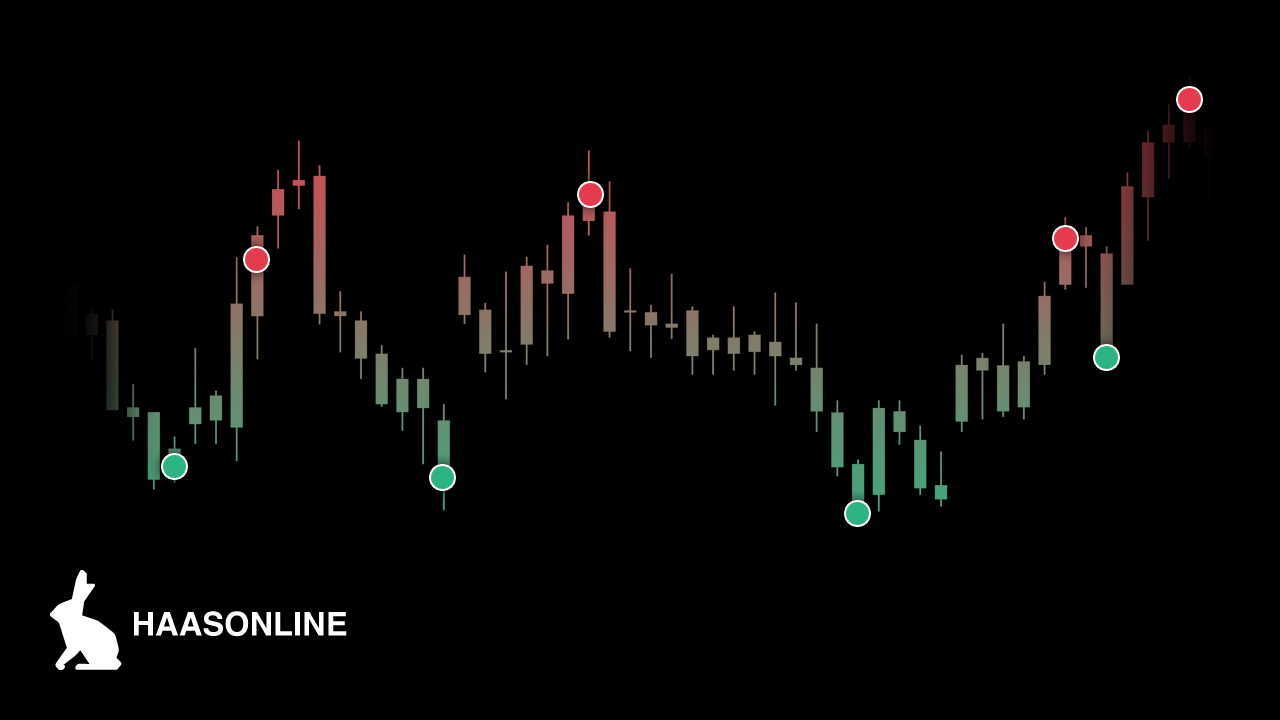Margin Trading & Cryptocurrency – Details & Strategy
If you’re an active investor, you’ve probably experienced the satisfaction of a great trade — and the disappointment of a poor one.
Now imagine those feelings amplified by several degrees, and you’ll begin to understand the popularity of margin trading.
In the last year or two, margin trading has grown increasingly popular in the cryptocurrency world, with more exchanges offering the ability to trade on margin and with leverage.
To help you decide if this process is right for you, let’s take a closer look at the basics of margin trading, and how the practice has been adapted for the purpose of trading Bitcoin and altcoins.
What is Margin Trading?
Margin trading is the act of a trader borrowing money from a broker or exchange to purchase more assets than they would otherwise be able to. In other words, margin trading acts as a short-term loan.
At conventional brokerages, traders must open a dedicated margin account to begin this process, and fund the account with a predetermined amount of money. The Federal Reserve and New York Stock Exchange both require that at least $2,000 be deposited. This is called the minimum margin.
Traders can generally borrow up to 50-percent of the value of an asset. Different brokerages and exchanges have varying rules as to how much may be deposited or borrowed on margin. Traders use the cash value of their accounts and the value of the other assets inside those accounts as collateral for margin loans. When assets in a margin account are sold, proceeds go to the broker or exchange until the loan is fully satisfied.
How Does Margin Trading Work — and What Are The Benefits?
Margin traders must be careful to pay attention to their maintenance margin — the minimum account balance that must be maintained. If a trader goes below this level, the broker or exchange has the right to require the deposit of additional funds, or the sale of stock to satisfy the terms of the account. This process is called a margin call.
The primary benefit of trading on margin is the potential for greater profit. By borrowing money, a trader can take a larger position and possibly realize greater gains. Traders can also leverage their existing holdings to increase the size of their investments.
Other benefits of margin trading include:
- Allowing a trader to profit from price declines via short selling.
- Flexibility to pay back borrowed money on a trader’s preferred schedule (as long as maintenance limits aren’t breached).
- Potential tax advantages.
- Ability to pursue sophisticated trading strategies.
There are considerations, however. Margin trading comes with the same risks as any form of debt, including interest charges and fees. Also, if the market turns in an unfavorable direction, margin trading can increase the losses the trader would otherwise suffer. Moreover, if the value of the assets being used as collateral for a margin loan decline below maintenance requirements, a trader risks facing a margin call.
It’s also important to understand the distinction between leverage and margin. In trading terms, leverage is the additional buying power available to those with margin accounts. Leverage allows traders to enter much larger positions than they otherwise normally could and is normally expressed as a ratio.
For example, 2:1 leverage means that a trader has the ability to purchase double the value of the assets held in his trading account. While equities trading generally features low leverage ratios, futures and cryptocurrency trading often features 50:1 or even 100:1 leverage. These ratios vary by exchange, however.
Cryptocurrency Margin Trading: The Basics
As the digital currency space has grown in recent years — and as exchange infrastructure has grown more sophisticated — Bitcoin margin trading (along with other cryptocurrencies) has become more popular.
When seeking to trade cryptocurrency on margin, a trader first opens a basic trading account. Then, an internal transfer is made to a secondary margin account. These margin accounts may be funded with any cryptocurrency that is eligible for margin trading (some exchanges also allow margin trading via the primary account).
Unlike in the equities market where all margin loans are issued by the broker, cryptocurrency exchanges allow users to earn interest on their holdings by loaning assets to other exchange users. Buyers place orders and specify the maximum interest rate they are willing to pay; if another user is willing to meet those terms the transaction is processed. This is called peer-to-peer trading.
When trading cryptocurrency on margin, the traders must decide if they believe the price of an asset is going to rise or decline. If the trader believes the former will occur, they enter a long position. If the trader thinks the price will fall, they enter a short position. On a basic margin trade, this essentially boils down to selling a borrowed cryptocurrency, then re-buying once the price falls (or the opposite for a long position).
Advanced Cryptocurrency Margin Trading
Some exchanges offer more sophisticated margin trades. In this case, a trader opens a long or short position with a liquidation price and may use leverage to increase potential returns.
One example: A trader might open a long position and buy one Bitcoin on margin for $7,000 with 10:1 leverage. This means the trader need only fund the margin account with $700. If the value of Bitcoin rises above the purchase price, the trader profits. However, if it falls below a specified liquidation price (say, $6,000), the trader’s positioned is closed.
It’s important to understand, however, that the trader only loses the initial $700 if she’s liquidated. Should the price of Bitcoin continue to rise, profits are theoretically unlimited. In most cases, the higher the leverage selected, the smaller the gap between the purchase price and liquidation price. This means that it’s much easier to lose your investment with 50:1 leverage than with 3:1 leverage. If you open a Bitcoin long at 50:1 at $7,000, the liquidation price may only be a few hundred dollars lower.
Because margin trading can be quite complex, it makes sense to use crypto trading software to help maximize returns. Because it’s impossible to monitor the markets 24/7, trading software can also play an essential role in exploiting opportunities that would otherwise be missed.
Due Diligence
In order to minimize the odds of errors, new cryptocurrency margin traders should begin slowly, with minimal leverage. While it’s true that margin and leverage allow traders to exponentially increase their profits (while also opening up more sophisticated trading options), there is a significant learning curve.
Risks, as well, are elevated, given the availability of higher leverage and the natural volatility of the cryptocurrency market. Additionally, for U.S.-based traders, it’s important to understand the tax implications. Every crypto trade — even pure crypto for crypto trades that don’t involve cash — should be treated as a taxable event.
Given the complexity of margin trading, it makes sense to research the process rigorously and fully understand the pros and cons.
The takeaway
Given the greater flexibility it offers (and the potential for vastly greater returns) margin trading is a popular choice for many cryptocurrency investors. Once you understand the risks involved — and you’ve researched the margin options offered by various exchanges — you’ll be in a strong position to determine if it’s right for you.
Once you’re ready to begin trading Bitcoin or altcoins on margin, we encourage you to review our slate of sophisticated and powerful trading tools. By combining trading savvy with high-end support technology, you’ll be equipped to begin margin trading with confidence.



